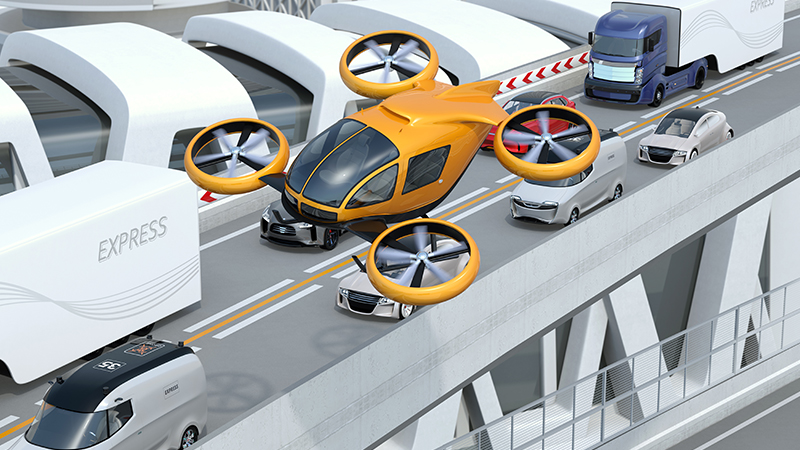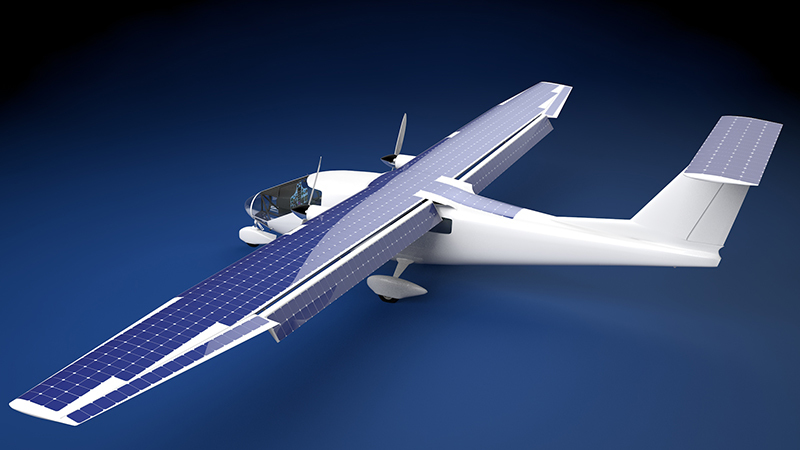

Anyone who commutes to work will already know plenty about traffic congestion.
In cities such as London, Cologne and Amsterdam, drivers spend more than 50 hours a year in congestion; in some cities, it can be more than 70 hours.
In the US, the average driver wastes 375 litres of fuel sitting in congestion.
Long story short, congestion is a global problem, both in terms of wasted hours and environmental impact.
Are eVTOLs the answer?
The first solution is, of course, eVTOL.
One of the biggest benefits is that it opens up another dimension when compared to 2D solutions, such as cars, trains, and buses.
The same is true for The Boring Company’s solution: underground roads.
It proposes simply adding more roads to existing infrastructure but locating them underground.
Finally, there is the existing solution of ridesharing in the form of buses, trains, and apps such as Uber.
While these result in vehicles on the road, it is at least fewer than if every person travelled individually.
eVTOLs have the potential to open up space on roads.
After all, if people are travelling in the sky, there is more space on the ground.
Similarly, the scalability of air solutions is potentially infinite; the same is true for underground tunnels.
As congestion increases in these spaces, we could simply open up more routes at different altitudes and depths.
We could also consider the psychological aspect of eVTOL journeys.
For example, autonomous eVTOLs would mean passengers do not need to concentrate, allowing them to focus on work or personal matters.
It would mean travel time is less “wasted” than it would be sitting in a car in traffic.
Then there is the environmental impact.
On longer journeys, eVTOLs can make a lot of sense.
However, as we discussed in a recent post, there is a cut-off point when using electric cars makes more environmental sense.
Finally, eVTOLs have the potential to reduce road accident rates.
Failsafe and redundant systems mean the chances of them breaking down are incredibly low, as is the likelihood of collisions in the sky.
Compared to other passenger vehicles, this is perhaps one of their biggest benefits.

It is fair to say that eVTOLs are not the answer, but could be fundamental in a wider solution.
They make complete sense for medium-range journeys, such as those of the suburban commute.
While most of the industry’s attention is on urban air vehicles, moving between urban and rural spaces could be just as important.
Of course, it will take some time before eVTOLs are commonly accepted, as we discuss elsewhere.
Once they have taken off, we will have a clearer picture of the role they will play in reducing congestion.
In the future, we will likely see a hybrid model that involves all the solutions mentioned above, as each has clear benefits over the others.
Congested cities are the perfect test subjects for eVTOLs.
Unlike car-sharing services, they will not lead to more vehicles on the road, and there is theoretically already a target audience for them.
It will be interesting to see whether eVTOLs live up to their hype and how they will change the future of transport.
